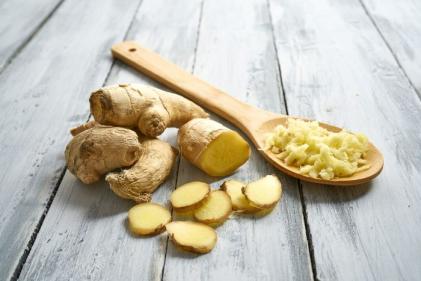Controlling the Spread of Colds and Flu
Seasonal cold and flu viruses can spread easily. Dettol’s Mission for Health aims to explain the difference between these two common winter ailments, how they are spread and let you know how to help stop you and your family from getting ill.
Colds and flu can be serious for some people. They can lead to complications like bronchitis and pneumonia, and are particularly hazardous for at-risk groups such as young children, those with chronic lung diseases and the elderly.
The good news is that there are some simple steps that you can take to help protect yourself from colds and flu, and stop the germs spreading.
- Frequently wash your hands with soap and water.
- Use an alcohol-based hand santiser to destroy the germs on your hands when soap and water are not available.
- Clean and disinfect surfaces regularly, especially the surfaces that people often touch with their hands (e.g. handles, taps, work surfaces).
- Cover your mouth and nose with a tissue when coughing or sneezing. Put your used tissues in a bin and wash your hands thoroughly afterwards.
- It is advisable that those at high risk for flu complications contact their GP about flu vaccination
Colds or Flu: When Symptoms Seem the Same
Sometimes it is hard to know if you have a cold or if you have the flu. Many of the symptoms are the same. Both colds and flu are caused by viruses, not bacteria... which means that you cannot kill them with antibiotics.
Both are respiratory illnesses, and because some of the symptoms are the same - like a runny nose and a sore throat -- it can be difficult to tell them apart.
Generally, flu symptoms are much worse than cold symptoms... and are more likely to affect your whole body, rather than just your nose and throat.
- With the flu, you are more likely to have a fever, headache, muscle aches, extreme tiredness and a dry cough. Flu is also more likely to result in serious complications.
- Cold symptoms are usually mild. With a cold, your main symptom is likely to be nasal congestion or a runny nose.
Tips to Help Protect Children This Winter from Colds & Flu
- If your child has asthma, diabetes or another condition that makes them particularly susceptible to flu, they may need to be vaccinated. Talk to your GP for advice.
- Wash their hands. Teach your children about the importance of washing their hands after coughing and sneezing, and after touching dirty tissues. Make sure they understand that they should wash their hands before handling food, after using the toilet and after playing outside.
- Cover coughs and sneezes. Show children how to use a tissue to cover their mouth and nose when they cough or sneeze. Teach them to put their used tissues in a bin and wash their hands thoroughly afterwards.
- Regularly clean and disinfect surfaces. Clean and disinfect surfaces regularly, especially the surfaces that people often touch with their hands (e.g. handles, work surfaces)
Understanding Colds & Flu
About Cold and Flu Germs
By understanding how cold and flu germs spread, you can help to protect yourself and those around you from colds and flu. Cold and flu viruses spread easily from person to person in a variety of ways. If someone has a cold or flu, every time they sneeze, cough or speak, tiny droplets containing the virus are launched into the air. If you breathe these droplets in, you may become infected. Cold and flu viruses can also pass from the infected person’s nose onto their hands and surfaces, such as used tissues, door handles and telephones, either by touching, or by sneezing or coughing on them. If you touch the person’s hands or the things they have contaminated, and then touch your nose or eyes, you may get infected too.
Cold & Flu Germs: Viruses Versus Bacteria
‘Bacteria’ are micro-organisms that live all around us. They are found on and inside humans, on surfaces, in water, and in almost any place you can think of. Although most types of bacteria are harmless, some types can make a person ill.
- Some types of bacteria cause infections, for example, Staphylcoccus aureus can cause boils and abscesses, and Salmonella sp. can cause diarrhoea.
- Most bacterial infections can usually be treated with antibiotics prescribed by a doctor.
- Bacteria can multiply rapidly on surfaces, particularly where there is warmth and moisture.
‘Viruses’, on the other hand, must get inside a living thing (like a human or animal) in order to survive and reproduce. They cannot grow or multiply on surfaces. However, they can usually survive on surfaces long enough to be picked up by someone who touches that surface.
- Viruses cause the flu and the common cold.
- Antibiotic medicines cannot cure viral infections.
- Both cold and flu viruses are extremely hardy - the flu virus can live on surfaces for up to 2 days, and cold viruses can survive for as long as 7 days.




